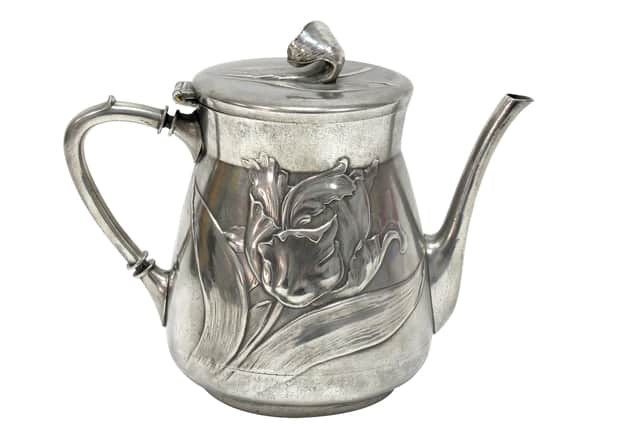Art Nouveau rejected historic styles


Art Nouveau describes a style used in architecture and the arts from the last decade of the 19th Century and into the early years of the 20th Century and it had essentially two main aims.
One was a rejection of the historical retrospective styles so prominent in the latter half of the 19th Century.
Advertisement
Hide AdAdvertisement
Hide AdArt Nouveau was of the here and now and the future, not an imitation of past styles.
However, the style did at times use ideas and motifs of medieval origin.
The other aim was a rejection of another trend, that of naturalism, which was basically an imitation, or copy of the natural world and everyday life.
Art Nouveau did embrace nature, but not in the form of imitation.
Advertisement
Hide AdAdvertisement
Hide AdSome of the most characteristic and recognisable images of Art Nouveau are undulating or waving lines and stylised foliage motifs.
The style, as with all styles, does have many variations and these depend on several factors, including country of production, techniques and materials.
Also many items produced did not live up to the aspirations of the style – many included too many New-Classical influences, or relied too heavily on Japanese or Eastern themes.
Art Nouveau can provide a wealth of collecting themes.
There are many well known names to be found, including Galle, an important artist in French Art Nouveau known for his polychrome glass vases; Tiffany, from New York, who also did wonderful things with glass, and Lalique, who truly raised the level of applied arts with his ability to turn even a piece of jewellery into an intricate work of art.